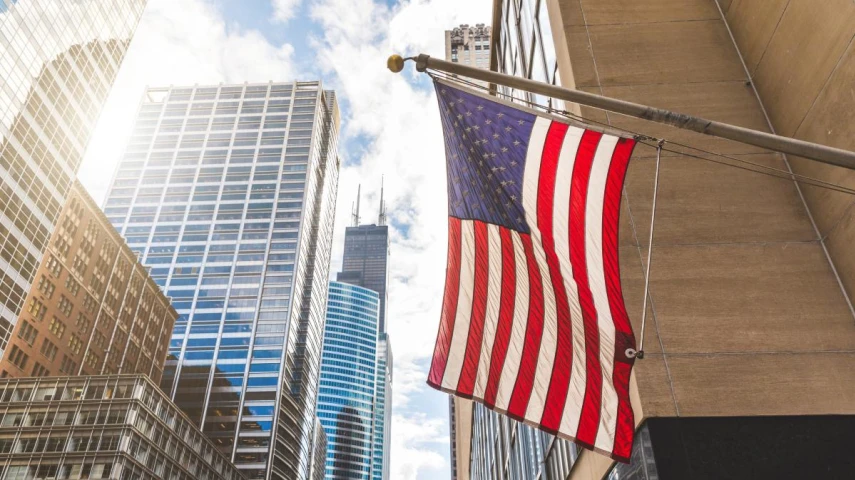Threat of US rate hike necessitates inflation-linked bond usage



It may be worth considering advisers considering using inflation-linked bonds in portfolios again as a hedge against inflation, according to AXA Investment Managers (AXA IM).
Chris Iggo, chief investment officer for core investments at AXA IM, said many had been hoping for a lower inflation print in the US but was not necessarily going to play out.
According to the US Bureau of Labor Statistics, CPI inflation rose 0.4 per cent in March 2024, the same as February. This measures the change in prices paid by consumers for goods and services and put the 12-month inflation rate at 3.5 per cent.
With this in mind, Iggo recommended his chosen asset class for fixed income is inflation-linked bonds.
“It is prudent to reduce expectations of significantly lower inflation or rates for the rest of this year.
“The market has punished long duration trades on many occasions in recent years and it is doing so again. It is unlikely to be a rewarding trade until there is more evidence of rate cuts or until there is a blow-off in the long end (US Treasuries above 5 per cent yield) to improve the longer-term valuation argument.
“Inflation-linked bonds, especially short duration bonds, might be something worth considering again as a hedge against inflation continuing to surprise to the upside. Five-year US breakeven inflation rates are just 2.55 per cent.”
However, long-duration fixed income assets are down this year as yield curves remain inverted. A long duration trade would only perform, he said, if inflation weakened substantially.
The slow downward progress of inflation also means the possibility of a US rate hike is once again on the table. Rates are currently 5.25–5.50 per cent compared to 4.3 per cent in Australia.
“Rates on hold does not need to be a disaster once markets have repriced the timing of rate cuts. What would be more of an issue is a Fed hike. No Fed officials have hinted at that publicly, and it would be a surprise. But a mid-1990s profile could be a genuine scenario. If inflation moves back towards 4 per cent, thus reducing real short-term rates again, then a rate hike is not unthinkable.
“Investors have the opportunity for more balance in their portfolios, as I have been arguing for a while. Bonds for income (manage the interest rate sensitivity), US equities for growth, and global markets for diversification offered by signs of more balanced global growth (even if that is a derivative of a strong US economy).”
Recommended for you
Clime Investment Management has welcomed an independent director to its board, which follows a series of recent appointments at the company.
Ethical investment manager Australian Ethical has cited the ongoing challenging market environment for its modest decrease in assets over the latest quarter.
Commentators have said Australian fund managers are less knowledgeable compared with overseas peers when it comes to expanding their range with ETFs and underestimating the competition from passive strategies.
VanEck is to list two ETFs on the ASX next week, one investing in residential mortgage-backed securities and the other in Indian companies.















